Abstract 5/2018
Table of content
Katarzyna Nosal Hoy – Gender factor in travel behaviour
Aleksandra Faron – The impact of pedestrian accessibility and the location of the railway station on its passenger potential
Rafał Kucharski, Justyna Mielczarek, Arkadiusz Drabicki, Andrzej Szarata – Method to update demand model with application of GSM OD matrices
Denis Kapski, Anton Pashkevich, Aleksandra Volynets – Estimation of the traffic flow parameters based on the processing of navigation data on the vehicles movement
Abstracts
Katarzyna Nosal Hoy
Gender factor in travel behaviour
Abstract: The participation of women and men in the labor market and roles in the family determine the differences in their travel behaviour, including trip purpose, trip number and modal split. The article presents these differences. Theses formulated on the basis of research carried out at the EU level and in other countries were verified by the results of travel surveys from several Polish cities. The analyzes carried out for Polish cities confirmed conclusions drawn from foreign research. Male trip purposes are more often related to commuting and business, while women – to shopping, running family errands and accompanying other family members. Significant differences in trip number are noticeable especially for people aged 25 to 59, in analyzes that take their status into account. Women travel more often on foot and by public transport, while men – by car, motorbike and bicycle.
Key words: travel behaviour, gender differences, trip purposes, trip number, modal split
Aleksandra Faron
The impact of pedestrian accessibility and the location of the railway station on its passenger potential
Abstract: This article presents the concept of increasing the railway passenger potential as an effect of changes in pedestrian accessibility and the spatial development (its function and intensity) around them. The first part of the article presents the guidelines for pedestrian accessibility which should be planning as a real distance access. In the next step the ways of managing the surroundings of the railways station depending on its function and location in the city was described. Finally, the pedestrian access to the chosen train stop in Krakow – depending of its location has been – analyzed. For those two variants, the railway pedestrian potential was calculated – also for the new form of an urban development around the station.
Key words: railway stops, agglomeration railway system, sustainable urban development, urban development
Rafał Kucharski, Justyna Mielczarek, Arkadiusz Drabicki, Andrzej Szarata
Method to update demand model with application of GSM OD matrices
Abstract. In this article we propose a method to update a high-density yet outdated transport demand model, with a low-density yet actual big-data on mobility. Since demand model building is both cost and time consuming and, in parallel, GSM OD matrices are available, we propose updating method utilizing both sources. This, however, is not trivial. Typically, zoning of demand model is more detailed than in the GSM matrices. Also the demand model is fully descriptive while OD matrices reveals only the final product of mobility, i.e. trips. We propose the method where a general structure of mobility is taken from the classical transportation demand model and the actual mobility pattern is read from the GSM matrices. This approach allows to update the model with actual mobility pattern without need to conduct new and costly travel survey. We illustrate the method with the case of Małopolska region in Poland (ca. 3.5 m inhabitants) where the demand model was updated with cellular od matrices.
Key words: demand model, cellular od matrices, od matrix, big-data
Denis Kapski, Anton Pashkevich, Aleksandra Volynets
Estimation of the traffic flow parameters based on the processing of navigation data on the vehicles movement
Abstract: The article describes the method to estimate the parameters of traffic flows using the two-fluid mathematical model of Herman-Prigogine, which was developed on the base of the proposed method to estimate the system parameters with the passive processing of navigation data on the movement of vehicles. Efficiency of the proposed algorithms as well as mathematical models to estimate the parameters of road traffic flow and system as a whole was confirmed during its testing with the use a set of vehicles on the main highways of Belarus.
Key words: vehicle, traffic flow, navigation system, parameters of traffic flow, mathematical model for evaluating traffic flow

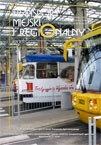 SITK RP
SITK RP 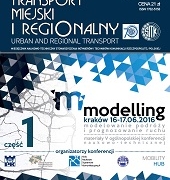 SITK RP
SITK RP 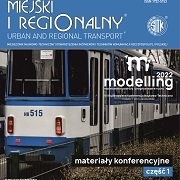 Wydawnictwa SITK RP
Wydawnictwa SITK RP 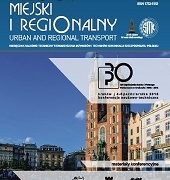
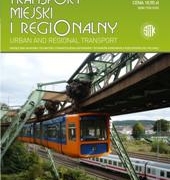 SITK RP
SITK RP 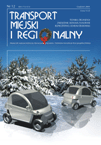 SITK RP
SITK RP 

